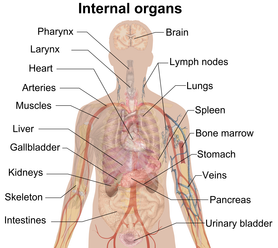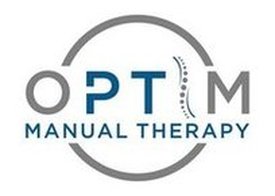- Home
- About Us
- TSPT Academy
- Online Courses
-
Resources
- Newsletter
- Business Minded Sports Physio Podcast
- Day in the Life of a Sports PT
- Residency Corner
-
Special Tests
>
-
Cervical Spine
>
- Alar Ligament Test
- Bakody's Sign
- Cervical Distraction Test
- Cervical Rotation Lateral Flexion Test
- Craniocervical Flexion Test (CCFT)
- Deep Neck Flexor Endurance Test
- Posterior-Anterior Segmental Mobility
- Segmental Mobility
- Sharp-Purser Test
- Spurling's Maneuver
- Transverse Ligament Test
- ULNT - Median
- ULNT - Radial
- ULNT - Ulnar
- Vertebral Artery Test
- Thoracic Spine >
-
Lumbar Spine/Sacroiliac Joint
>
- Active Sit-Up Test
- Alternate Gillet Test
- Crossed Straight Leg Raise Test
- Extensor Endurance Test
- FABER Test
- Fortin's Sign
- Gaenslen Test
- Gillet Test
- Gower's Sign
- Lumbar Quadrant Test
- POSH Test
- Posteroanterior Mobility
- Prone Knee Bend Test
- Prone Instability Test
- Resisted Abduction Test
- Sacral Clearing Test
- Seated Forward Flexion Test
- SIJ Compression/Distraction Test
- Slump Test
- Sphinx Test
- Spine Rotators & Multifidus Test
- Squish Test
- Standing Forward Flexion Test
- Straight Leg Raise Test
- Supine to Long Sit Test
-
Shoulder
>
- Active Compression Test
- Anterior Apprehension
- Biceps Load Test II
- Drop Arm Sign
- External Rotation Lag Sign
- Hawkins-Kennedy Impingement Sign
- Horizontal Adduction Test
- Internal Rotation Lag Sign
- Jobe Test
- Ludington's Test
- Neer Test
- Painful Arc Sign
- Pronated Load Test
- Resisted Supination External Rotation Test
- Speed's Test
- Posterior Apprehension
- Sulcus Sign
- Thoracic Outlet Tests >
- Yergason's Test
- Elbow >
- Wrist/Hand >
- Hip >
- Knee >
- Foot/Ankle >
-
Cervical Spine
>
- I want Financial Freedom
- I want Professional Growth
- I want Clinical Mastery
 For those of you that follow TSPT regularly, I'm sure you are aware of my affinity for considering all 3 pillars of evidence-based practice (EBP) equally. With the push for a more research-driven approach, we are improving our foundation of what we know that works. This is excellent and should continue to be developed regularly. While it is a sign of progress, we need to remember an older phrase, "You know what you know, you know what you don't know, and you don't know what you don't know." With where research is going, we are improving our understanding of what we know and maybe even some understanding of what we don't know; however, I fear we are pushing so far away from the 3rd tier that we are purposefully blinding ourselves to it. In regards to knowing what we know, we know that strengthening the quadriceps and glutes in those with knee pain often helps. While we know that a thoracic manipulation does help with neck pain or shoulder pain, we don't necessarily know why. The mechanism is theorized under biomechanical, neurophysiological, or biopsychosocial. The issue lies in not knowing what we don't know. A perfect example of this is voodoo type treatments like visceral manipulation. The way it is presented in most physical therapy culture is as a joke, unfortunately. The lack of research and basic understanding tends to push many away from exploring the topic. With many never considering it as a possible beneficial treatment, they ignore any possible chance of discovering the potential benefits and effectiveness of the treatment. While I do think the concept would be more accepting if it had greater research support, I do not believe we have the techniques to fully study the methods. As I am preparing to take my first visceral manipulation course next week, I have been reading one of the textbooks for the course. A concept that was just brought up in the first couple pages was restriction in mobility of the viscera. The abdomen and thorax are typically ignored from a physical therapy education's perspective as we typically focus on muscles, bones, and joints. However, each time we bend or twist, there is force transmitted through the thorax and, thus, the organs. Is it possible that a restriction in visceral mobility can then limit motion or affect pain/disability as well? I do not know, but I look forward to developing some sort of understanding of it, so that I can at least begin to know more about what I don't know. -Dr. Chris Fox, PT, DPT, OCS
2 Comments
Glenn
3/28/2017 09:06:12 pm
Donald Rumsfeld made the same excuse about their lack of evidence for any weapons in Iraq.
Reply
Leave a Reply. |
Dr. Brian Schwabe's NEW Book in partner with PaleoHacks!
Learn residency-level content on our
Insider Access pages We value quality PT education & CEU's. Click the MedBridge logo below for TSPT savings!Archives
July 2019
Categories
All
|








 RSS Feed
RSS Feed